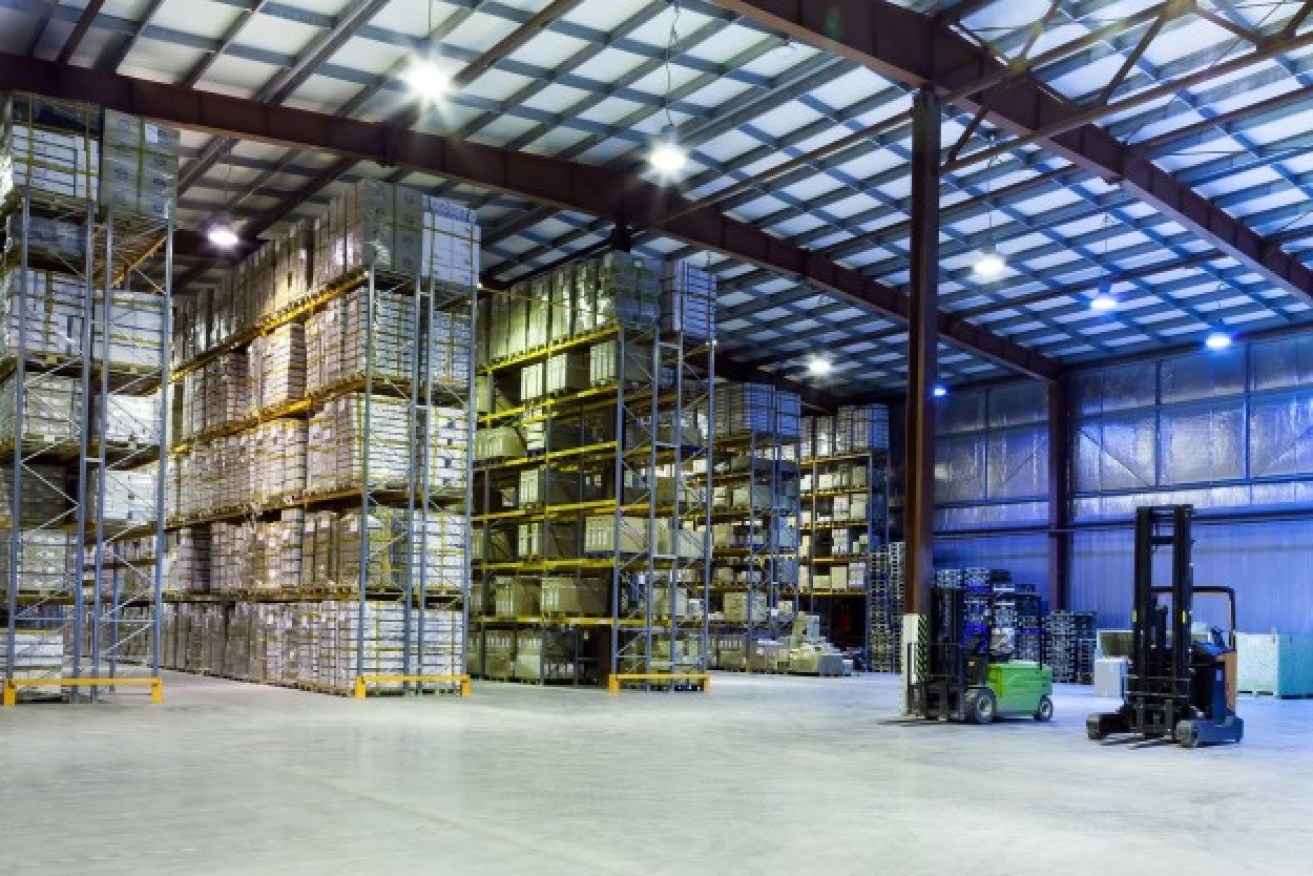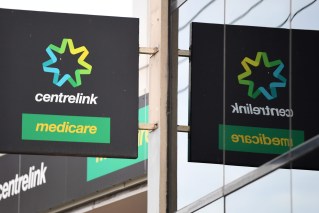According to National Australia Bank (NAB), Australia’s e-commerce penetration rate had been increasing, representing 9.4% of the total retail trade in February 2020. However, the global health crisis has accelerated consumer acceptance of contactless purchase models, thereby prompting more consumers to adopt e-commerce within their shopping habits. This behavioural shift could remain permanent.
On March 11, the World Health Organization declared COVID-19 a global pandemic. One week later, online purchases soared by 28% year-on-year, before hitting a peak of 135% year-on-year in April (according to Australia Post). The retail sector had been undergoing structural changes before COVID-19.
However, the rate of change will accelerate going forward. This shift in retail is anticipated to have a meaningful impact on the industrial and logistics sector.
Australia’s e-commerce penetration
Australia has lagged other mature economies in terms of e-commerce penetration, but it could be set to change. Australia Post has predicted that by 2025 online shopping would account for 16%-18% of total retail spend, slightly above the penetration levels, currently observed in the USA. It is likely that the push towards online may now occur at a faster pace.
The current e-commerce penetration rate, according to NAB, is 10.3%, which is an increase of 18.7% from a year ago. It is almost five times the penetration level (4%) recorded in 2010 when NAB began tracking the series.
Figure 1: Online sales as a proportion of total retail sales

Source: NAB, Australia Post, 2020
Industrial demand to rise
The shift towards online retail highlights the growing importance of global supply chain and logistics networks. This may lead to a greater need for industrial fulfilment centres.
In the USA, e-commerce represented 11.8% industrial floor space take-up in 2019. Preliminary data for 2020 shows the figure nearly doubling to 20.8% (JLL America Research). The UK is witnessing a similar demand trajectory, with e-commerce related food suppliers, 3PLs and pharmaceutical providers leasing a further 700,000 sqm of industrial space during the pandemic.
In Australia, industrial take-up from retail tenants totalled 594,607 sqm or 22% of total gross take-up in 2019. This figure has skyrocketed to 51% in 2020 YTD, translating to 693,733 sqm of floor space leased. The jump demonstrates how retail trade has driven industrial demand so far this year.
Figure 2: Australia industrial gross take-up by industry sector, 2018-2020 YTD

Source: JLL Research, 2020
This industry-wide shift has been swift, and consumer behaviour has been agile. While the current acceleration may begin to steady as we return to our ‘next normal’, many of the changes prompted by COVID-19 are here to stay.
Australia’s e-commerce market remains in its infancy relative to other countries. However, the accelerating shift towards online retailing will likely be an ongoing driver for industrial leasing demand.
—
InQueensland has partnered with industry leader JLL to bring you regular news, analysis and research about Queensland’s commercial property market.
This article was produced as part of JLL’s Real Estate Review H1 2020 edition, which is now available.
Click here to register and read the full Queensland edition.
Previously published on InQueensland:
- Qld commercial property podcast: Game on for industrials
- Qld commercial property podcast: Are COVID office deals worth moving for?
- Is Brisbane going for gold?














